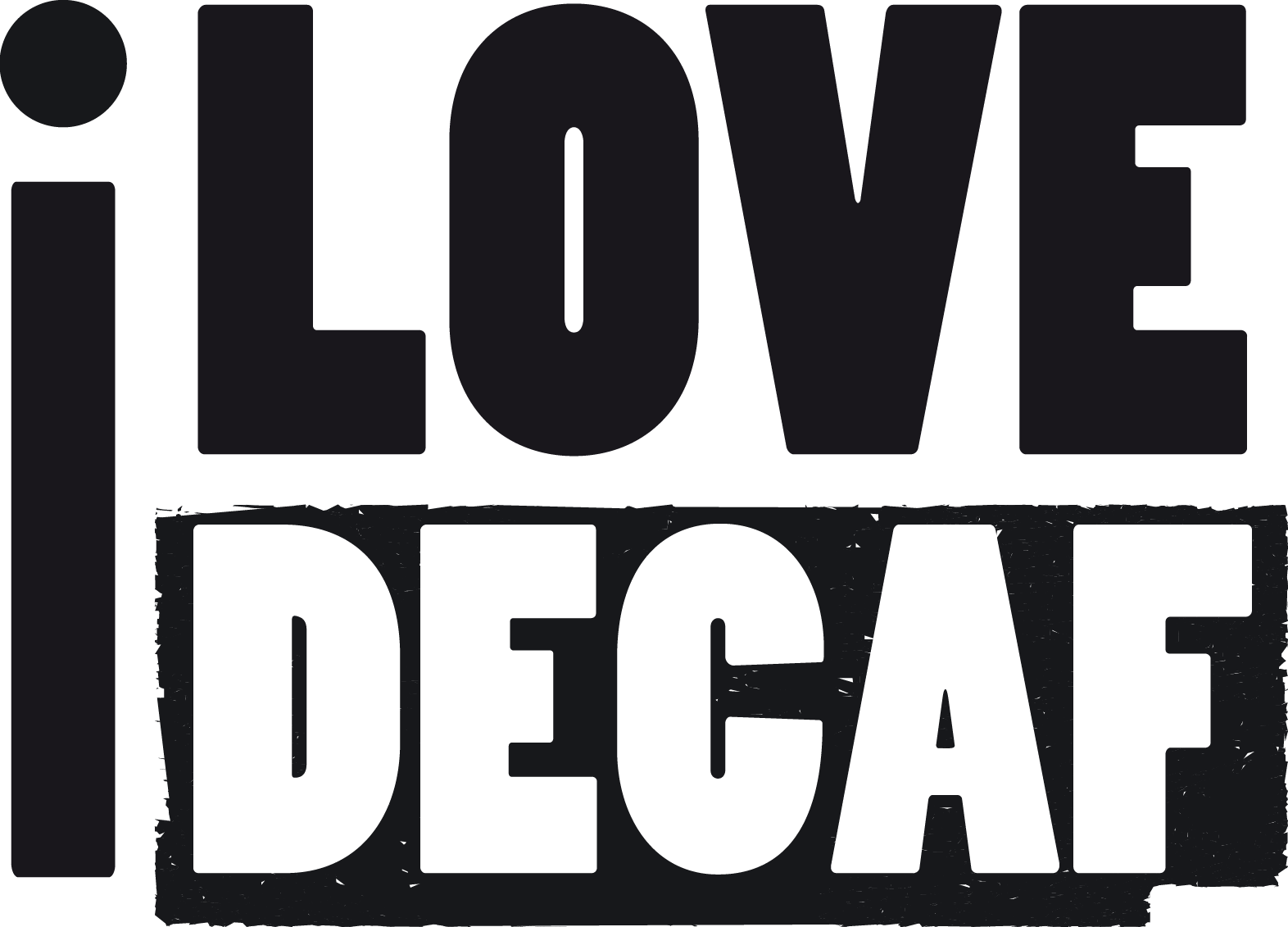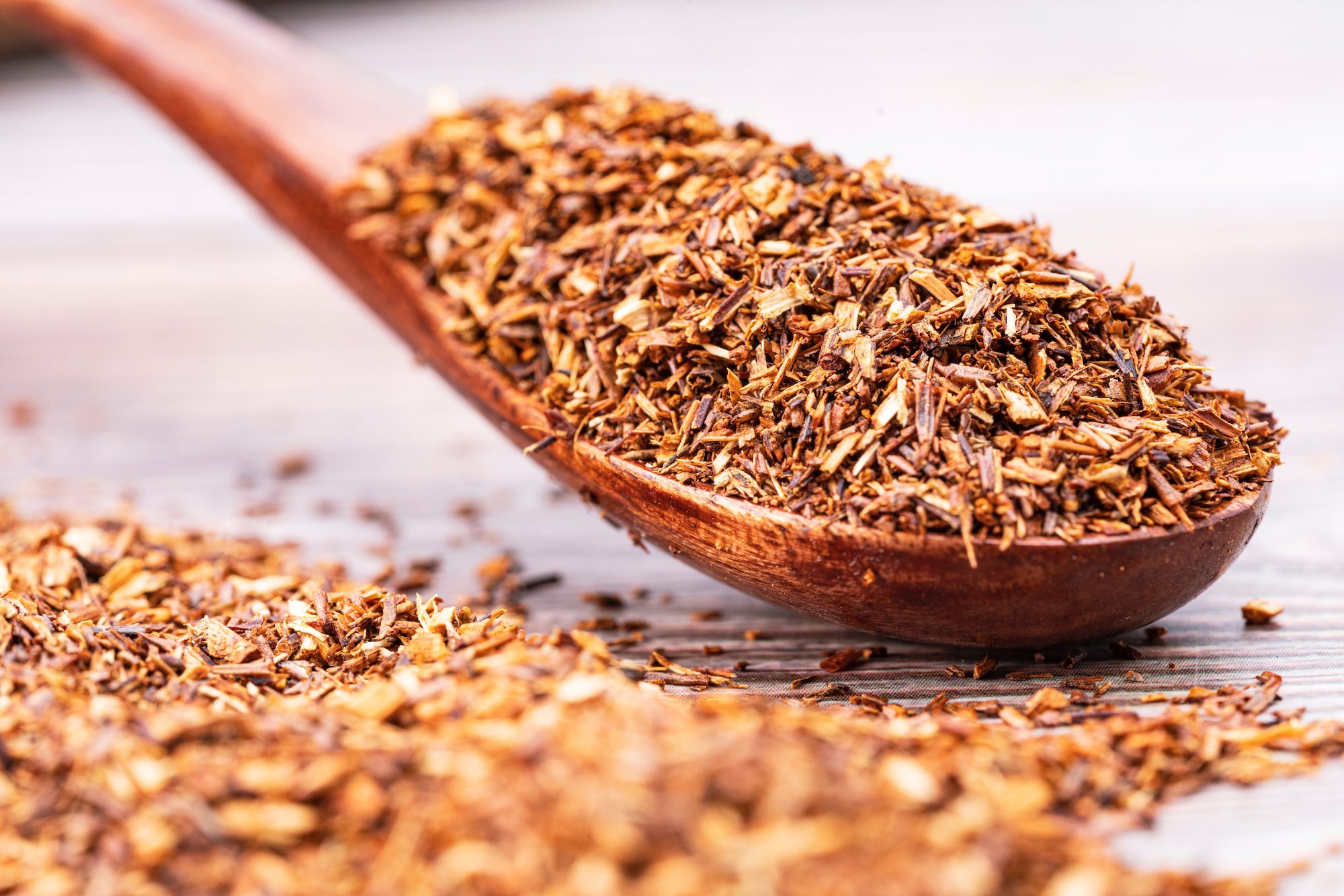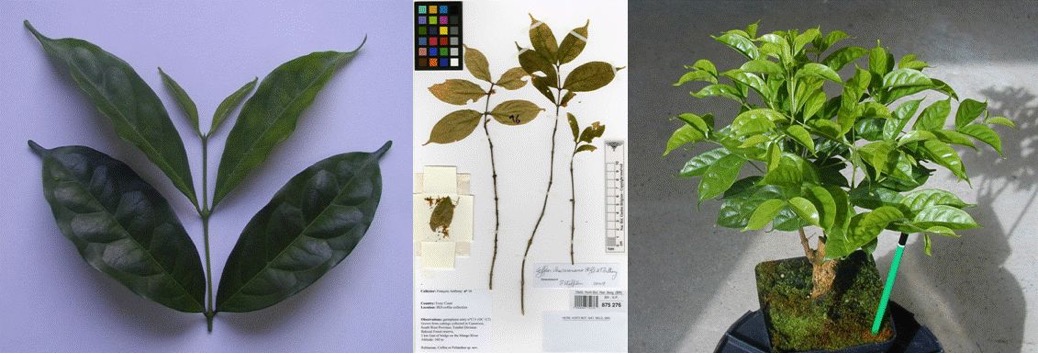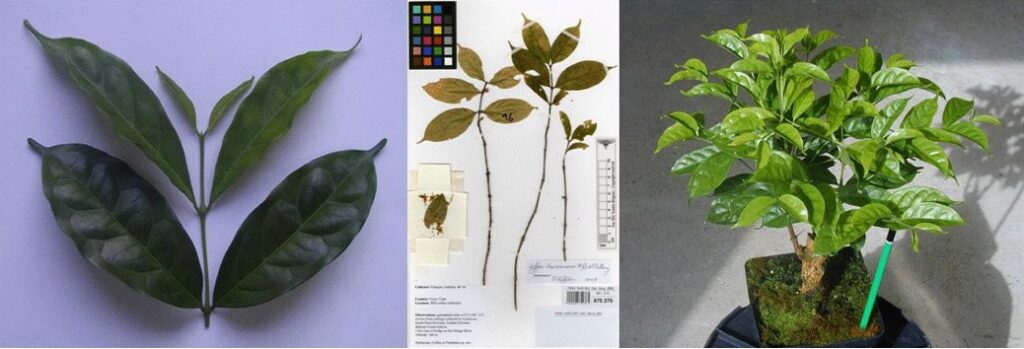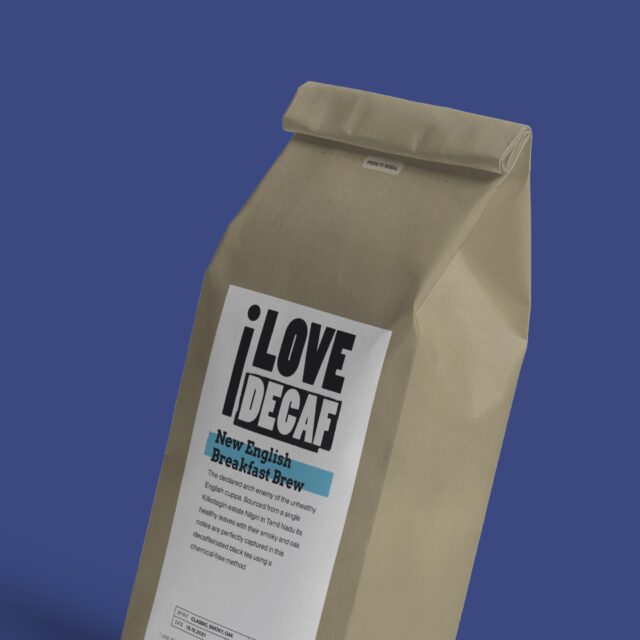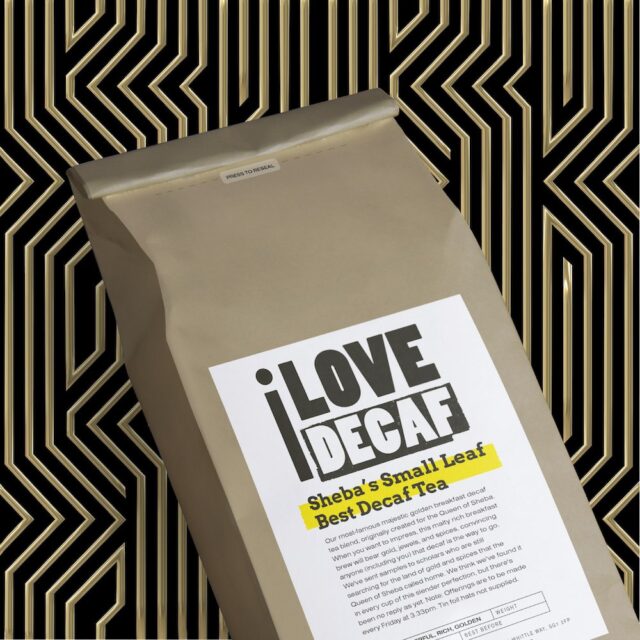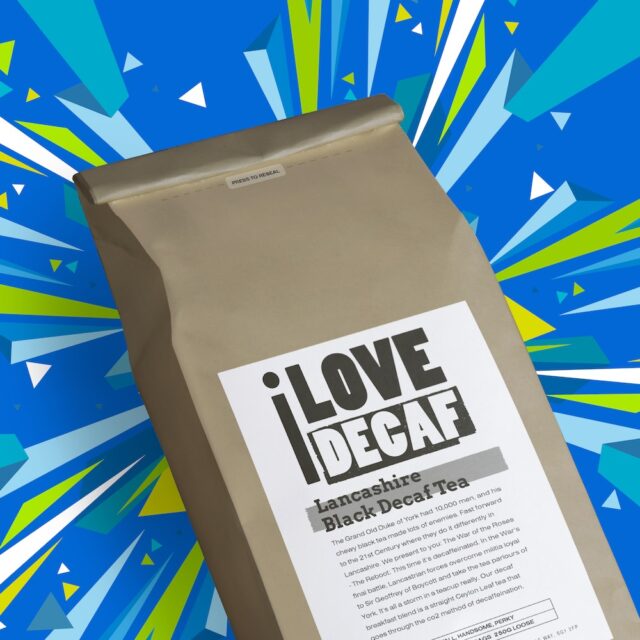For a long time, decaf coffee had a bad reputation, leaving caffeine-free individuals with subpar options. But those days are gone. The new wave of decaf coffees offers the same delightful flavors as their caffeinated counterparts, minus the heart palpitations.
There are many reasons why people opt for decaf. Some may need to limit their caffeine intake due to pregnancy, breastfeeding, or medical reasons. Others may experience caffeine sensitivity, leading to symptoms such as headaches, jitters, a racing heartbeat, and anxiety. If you relate to these symptoms, especially after consuming regular coffee, it might be time to consider making the switch to decaf.
Decaf coffee is created using the same beans as regular coffee, but it undergoes an additional process to remove the caffeine. There are five main methods for caffeine removal: direct solvent, indirect solvent, Swiss water, sugarcane, and carbon dioxide processes. The first two involve the use of chemicals to extract caffeine. The Swiss water process involves steaming and soaking the beans, filtering them through charcoal, and drying them. The sugarcane process utilizes a natural chemical derived from sugarcane to treat the beans, resulting in both caffeine removal and a sweeter taste. The final method, carbon dioxide, entails soaking the beans and then subjecting them to CO2 blasts.
Most coffee brands employ one of the latter three methods, and nearly every brand now offers decaf alternatives. Regardless of your favorite coffee, you are likely to find a decaf version. Choosing the right one for you ultimately comes down to personal taste. Although most of the caffeine is removed, it’s worth noting that a small amount may still remain, and the caffeine levels may vary between different decaf coffees.
Now, let’s explore seven exceptional decaf coffees that have garnered praise from discerning coffee lovers:
- Inca Gold Organic Decaf Coffee Pods (Swiss Water, Sustainable & Fairtrade) Rated 5.00 out of 5 based on 5 customer ratings (5 customer reviews) Say goodbye to mass-manufactured pods despair and hello to handmade and packed Swiss Water Inca Gold Organic Decaf Coffee Pods that are also Fairtrade. This isn’t your average chemical-free full-bodied decaf coffee; it’s like finding treasure in every mug. Made from the finest sustainable Peruvian single-origin beans, each sip is like striking gold. Warning: Do not store under any rainbow. Pack of 28.
- Everyday Italiana Decaf Coffee: This reliable, tasty, everyday decaf is a cut above your typical coffee shop Italian decaf. With a well-balanced smooth medium roast of expertly blended Arabica beans, it retains the romance and flavor profile of traditional Italian decaf while reducing caffeine content. Everyday Italiana Decaf Coffee is ideal for a filtered Americano and plays nicely in a cafetière. Enjoy a proper cup of coffee day by day.
- Luxe Organic Swiss Water Honduran Decaf Coffee: Indulge in the luxury of Luxe Organic Swiss Water Honduran Decaf Coffee, a brew from the Central American home of beautiful coffee. Grown at high altitudes in the rainforests of Honduras, this organic, Fairtrade, and chemical-free Swiss Water decaf coffee offers a taste that is more than just rich; it’s an experience filled with praline chocolate notes. No wonder Hondurans keep 90% of it for themselves.
- Orizaba Mountain Water Decaf Coffee (Swiss Water Style): Discover a rare gem in the world of decaf coffees: Orizaba Mountain Water Decaf Coffee. This Mexican velvet-bodied coffee stands out from the crowd. Using crystal-clear spring water from Mexico’s highest peak, Pico de Orizaba, this coffee undergoes a high-quality organic decaffeination process. What remains is an authentic-tasting decaf with a complex flavor profile. Immerse yourself in the notes of fruits, chocolate, nuts, and honey.
- Natural Brasilia Swiss Water Decaf Coffee: Apart from clocks, mountains, yodelling, and bank accounts, the Swiss are perhaps best known for the Swiss Water Method – the chemical-free decaffeination process discovered in the 1930s. Our Swiss Water Brasilia is made from specialty Arabica beans grown in the perfect climate, producing bold and satisfyingly smooth coffee with consistent notes of rich dark chocolate throughout the year.
- No Nasties Half Decaf Organic Coffee: Inspiration without the comedown is what you’ll find in No Nasties Half Decaf Organic Coffee. Blending Honduran Organic and Fairtrade-certified Swiss Water decaf beans with handpicked single-origin Nicaraguan caffeinated luxury, this unique combination offers half the caffeine but all the taste. With cocoa praline and orange notes, it’s a delectable choice for those seeking a balanced option.
- Happy Medium Roasted Decaf Coffee: Indulge in the sumptuous and tasty cup of Happy Medium Roasted Decaf Coffee. Premium Brazilian Santos Arabica beans are medium roasted to perfection, resulting in a well-balanced blend with notes of cocoa and praline. As smooth as a waxed barrister, this expertly blended Arabica mix loses none of the conviction, offering a satisfying coffee experience. Ideal for filtered Americanos and a pleasant companion in a cafetière.
Gone are the days of lackluster decaf coffee options. With the wide range of decaf coffees available today, caffeine-free individuals can enjoy exceptional flavors without compromising taste. Whether you prefer organic, Swiss Water-treated, or unique blends, there is a decaf coffee that suits your palate. Embrace the world of decaf and savor each sip, knowing that great taste can be caffeine-free.
-
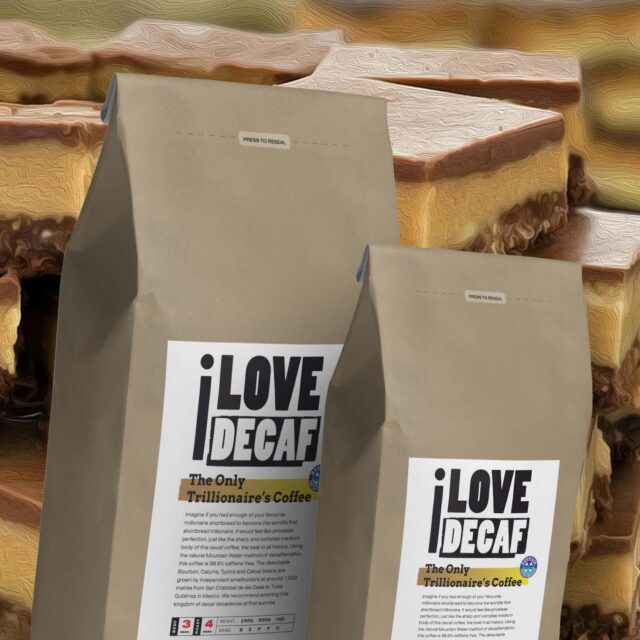 The Only Trillionaire’s Decaf Coffee (in the known universe)£11.99 – £29.99
The Only Trillionaire’s Decaf Coffee (in the known universe)£11.99 – £29.99 -
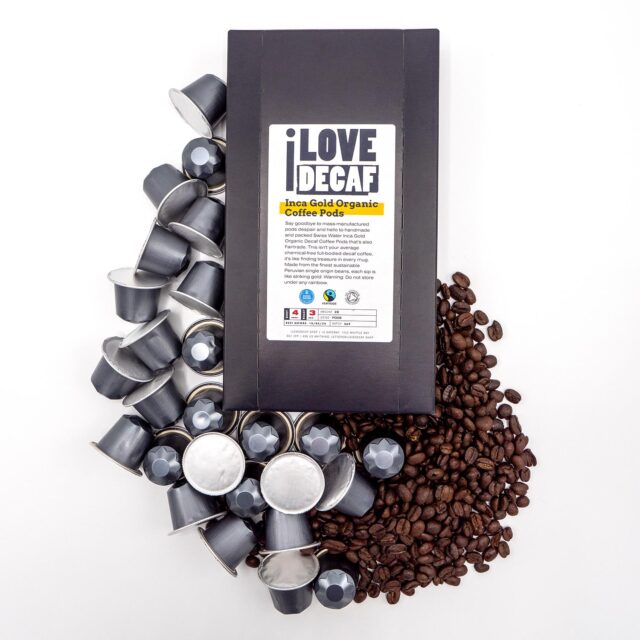 Inca Gold Organic Decaf Coffee Pods (Swiss Water, Sustainable & Fairtrade)£13.99
Inca Gold Organic Decaf Coffee Pods (Swiss Water, Sustainable & Fairtrade)£13.99 -
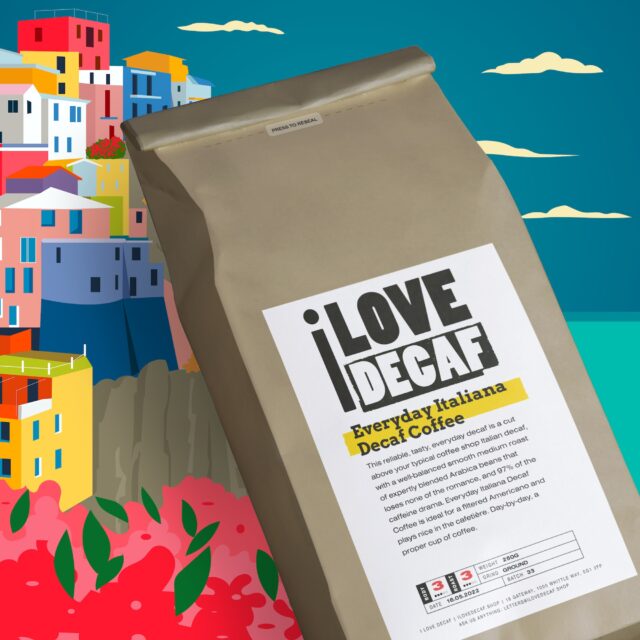 Everyday Italiana Decaf Coffee£6.49 – £24.49
Everyday Italiana Decaf Coffee£6.49 – £24.49 -
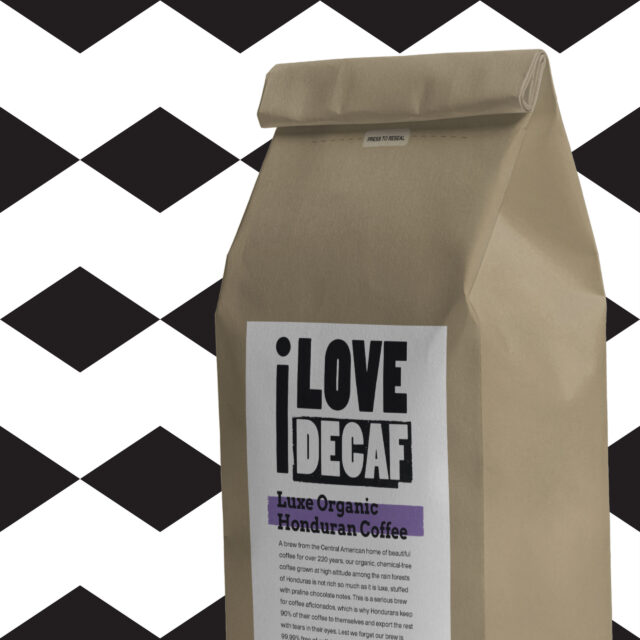 Luxe Organic Swiss Water Honduran Decaf Coffee£8.49 – £26.99
Luxe Organic Swiss Water Honduran Decaf Coffee£8.49 – £26.99 -
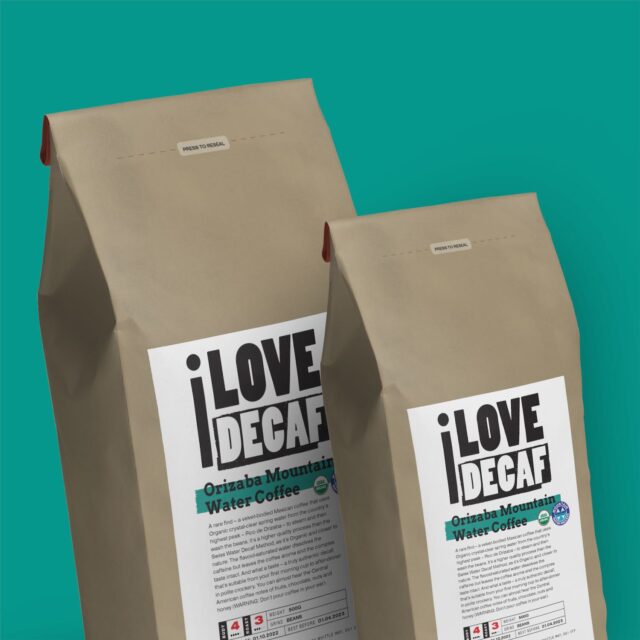 Orizaba Mountain Water Decaf Coffee (Swiss Water Style)£8.49 – £28.49
Orizaba Mountain Water Decaf Coffee (Swiss Water Style)£8.49 – £28.49 -
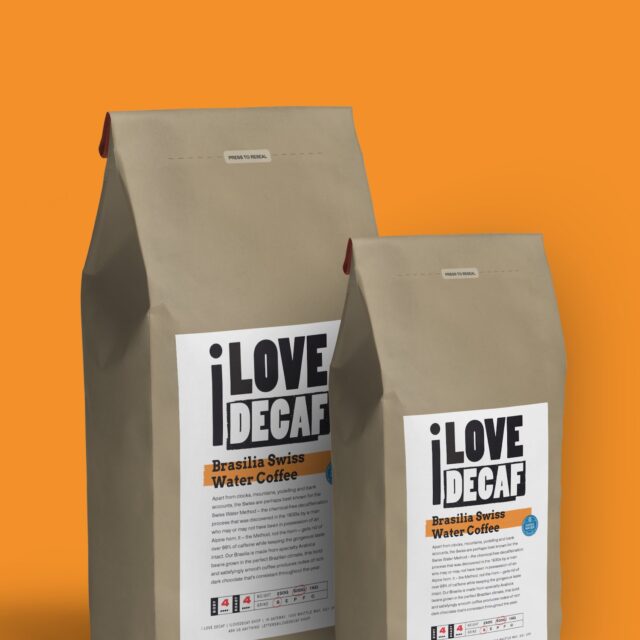 Natural Brasilia Swiss Water Decaf Coffee£9.96 – £27.99
Natural Brasilia Swiss Water Decaf Coffee£9.96 – £27.99 -
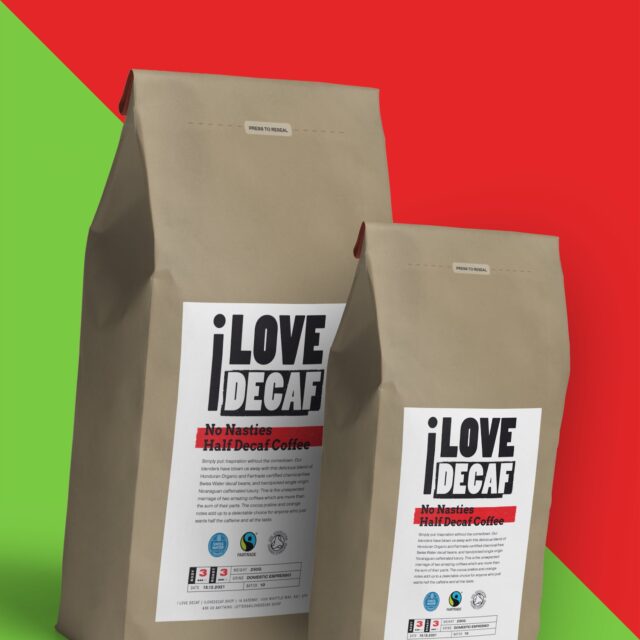 No Nasties Half Decaf Organic Coffee£7.49 – £23.39
No Nasties Half Decaf Organic Coffee£7.49 – £23.39
